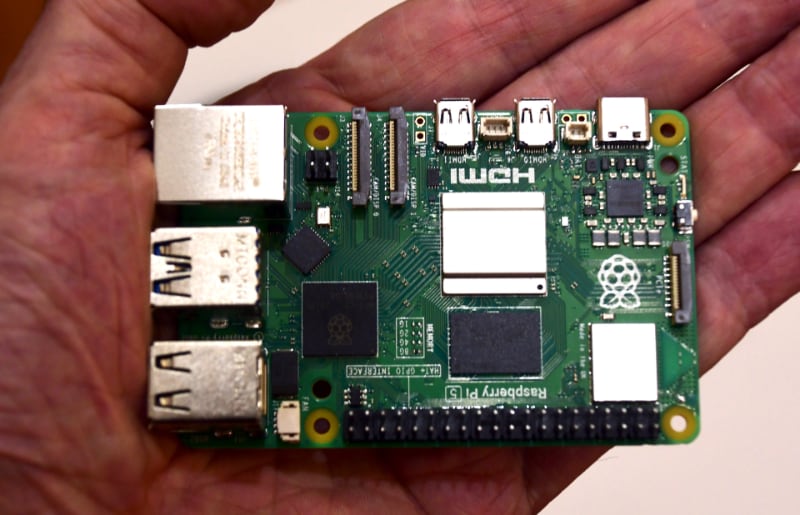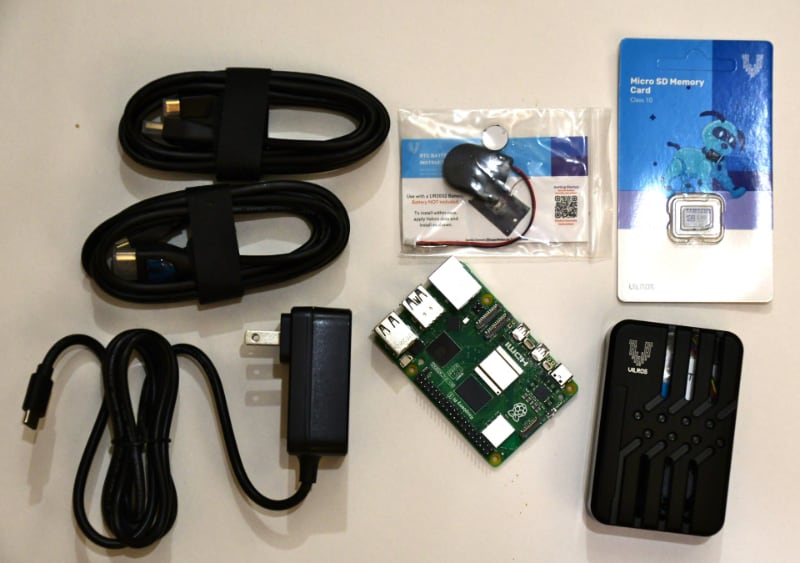
Second in a series. You can find part I here.
It could be healthy skepticism. Maybe I’m just plain contrarian. Or a glutton for punishment.
What ever the cause, vision or character flaw, I’ve always recoiled at the pat answer, the conventional wisdom, the “scientific consensus.” After I die, I think, it’s my immortal soul that will be on trial, and I have the sense that “I accepted what everybody was saying” will go about as far then as “I was just following orders” did at Nuremberg. I’m obligated to investigate claims, even if I don’t always find the answer. I’ve found that quite a lot of standard belief proves untrue.
It’s an inherited trait. It is why when my father died the state senate passed a resolution of mourning, calling him “an extremely aggressive and meticulously accurate reporter.”
None of this is any surprise to anyone who has read what’s been in this space for any part of the last 17-years-and-change. I bring it up only to explain why I’m bothering with everything that follows.
Thirty years ago I ran the OS/2 operating system on my computers. It was a real operating system, not like Windows, which at the time was just a cartoon front end for DOS, the modified “Quick and Dirty Operating System” Microsoft had licensed for $25,000 from Seattle Computer Products in 1981. The problem was, OS/2 was never really a consumer product, and there was therefore little support for it on home and small office machines. You could spend days figuring out, say, the right initialization string for a modem — and if the modem didn’t contain a 16550afn UART, it probably wouldn’t work no matter what you did. You would spend endless time trying to get, and if you got it endless time installing, a driver for your ATI video card so you could finally see your screen in dazzling 1024x768-pixel resolution and leave the kludgy framebuffer behind. In due course everything pretty much worked, and IBM discontinued OS/2.
I switched to Linux in 1998, and it was the same thing all over again, though this time there wasn’t much in the way of tech support. But the internet had taken off, so you could ask around. In July of that year, something called KDE, an excellent graphical user interface for Linux, was released, and I installed it the first day it was available. compiling it from source code. As with OS/2, more was bitten off than could be chewed, so there were always many features that just didn’t work. Once the basics were sorted out the boys at KDE started making everything as complicated as possible, because they could. The sweet spot came with KDE 3.5, from 2005, after which everything KDE got ridiculous without reason, I think. To this day I use a fork of KDE 3.5, independently developed and maintained as the Trinity Desktop Environment. It doesn’t have all kinds of new features that don’t work or else do nothing that needs doing, but it stays current with new hardware and so on. I have work to do beyond indulging programmers who in my view left the track nearly 20 years ago. Now, my computer works, everything I have is supported, and all is well. Every few days I update it, which is a simple process.
With this as prologue, I’m happy to tell you that last week I decided to make a better, more secure and private television set with advanced features. It has been exciting, frustrating, and satisfying. There has been a lot of experimentation. The goal is to come up with a recipe that is short, quick, relatively inexpensive, and simple enough that anyone can do it. This is not the recipe, not yet, but a progress report. I hope my path of television improvement will be easier, and quicker, then my stumbling through the underbrush to a computer I like. But the wilderness does look a little familiar.
A friend and I used to have occasional conversations about all the perfectly good items and devices we had ruined in failed or only semi-successful efforts to transform them into something else. With that in mind, I decided that a rule of this new project is that nothing gets destroyed or broken, at least not on purpose.
So, how to proceed?
There is an abundance of inexpensive, tiny, low-power (in energy use), high-power (in what they can do) computers in the world today. The best-known of these is the Raspberry Pi, the first “single-board computer” widely available to consumers. In the early days it was popular with experimenters, robot builders, and so on. Today the latest version, the Pi 5, is a full-tilt computer with up to 8 gigs of memory and pretty much unlimited possible storage, running a very nice Linux distribution with an easy-to-use graphical user interface, that sells for under $100. With the right peripherals, you could do worse than one for desktop computing use.

For that money, you get the main board, which is very small and which has all the requisite connectors — four USB ports, two HDMI ports, a wired network port, a place to put a bootable micro-SD card containing the operating system and other things, a connector for an optional solid-state drive, and a USB-C connector whereby the thing is powered. It has wifi and Bluetooth built in, and the memory is soldered on, so what you buy at first is all you’re going to ever have. You do not get the power supply, a case, or anything else (except the preloaded micro-SD card). You need to get those things separately.
There are other tiny computers of roughly equivalent specifications; I chose the Pi 5 because it is the best known and most popular. Part of the goal was to make this as easy as possible for anyone else who wants to free their televisions from the data parasites, and that kind of required using the Pi. Getting it up and running is extremely easy.
Rather than order a bunch of parts from a bunch of places, I bought a kit containing all the necessary pieces. In retrospection, I wish I had ordered the parts separately, because the kit makers include some things that work but aren’t the best, and for the same money I could have gotten some far better components from different vendors. What I did get was a small box of parts that enabled me within 15 minutes to construct a working computer slightly larger than a pack of cigarettes. (Had I been hesitant to assemble it myself, the company offered to put it together for me for an additional $10, as do some of the other kit bundlers.)

An hour did not pass between the package’s delivery and my plugging this small newly built wonder into an HDMI port on my 55-inch TCL-Roku “smart” television. I switched the television to that input and powered up the Pi. It did some of the things a newly installed operating system always does: ask me to make up a password, ask what wireless network I wanted to use, that kind of thing. I plugged a keyboard and trackball into the Pi to answer the questions. Quickly — astonishingly quickly, just a few seconds — I was looking at the pretty Raspberry Pi OS desktop in glorious 4k.
The first thing I did was poke around and find where I could change the resolution to 1920x1080. That’s as well as I can see on a 55-inch television (and I bet the same is true of you, especially at the distance you are when you watch television). Now the menus and things I would need were big enough to be read. (Remember how sharp DVDs are? They’re 480p. Blu-ray? It’s 720p. So 1080p is just fine.)
Unhappily, the cables on USB keyboards and pointing devices are not very long, so for a while I would have to sit very close to the screen in order to configure anything, or change anything such as, you know, the channel. I would have to get a wireless keyboard and mouse or trackball or something, but we’ll get into that next week.
When I began getting my television via streaming several years ago, after AT&T doubled the price of the DirecTV I had used for a decade, I figured it would just be a great big monitor and a web browser. That turned out not to be true. But that’s what I had now.

I fired up the web browser — Mozilla — and typed in the URLs of various channels I regularly watch. They all came in just fine, at least as well as they did over Roku’s interface. I used the Roku remote to go back to the Roku interface and in the settings I completely disconnected the Roku from the internet. It was angry about it, but that’s its own fault — if it hadn’t been so gluttonous in scraping my data we wouldn’t be going through all this: It had to be punished. Now, all the time it is on it blinks an annoying LED to complain it has no internet connection, even though I have it set to start directly on the HDMI 1 input. Roku has an LED. I have electrical tape. I win.
I turned the TV back to the Pi and watched television. This was easier than I thought it would be.
If only I had known. In the next episode we’ll configure the thing. That’s where the fun begins, though in this case I think of “fun” as a euphemism for “penitential suffering.” But I’ll suffer, and take notes, so if you want to try it you won’t have to suffer.
Stay, as they say, tuned.

Dennis E. Powell is crackpot-at-large at Open for Business. Powell was a reporter in New York and elsewhere before moving to Ohio, where he has (mostly) recovered. You can reach him at dep@drippingwithirony.com.
You need to be logged in if you wish to comment on this article. Sign in or sign up here.
Start the Conversation